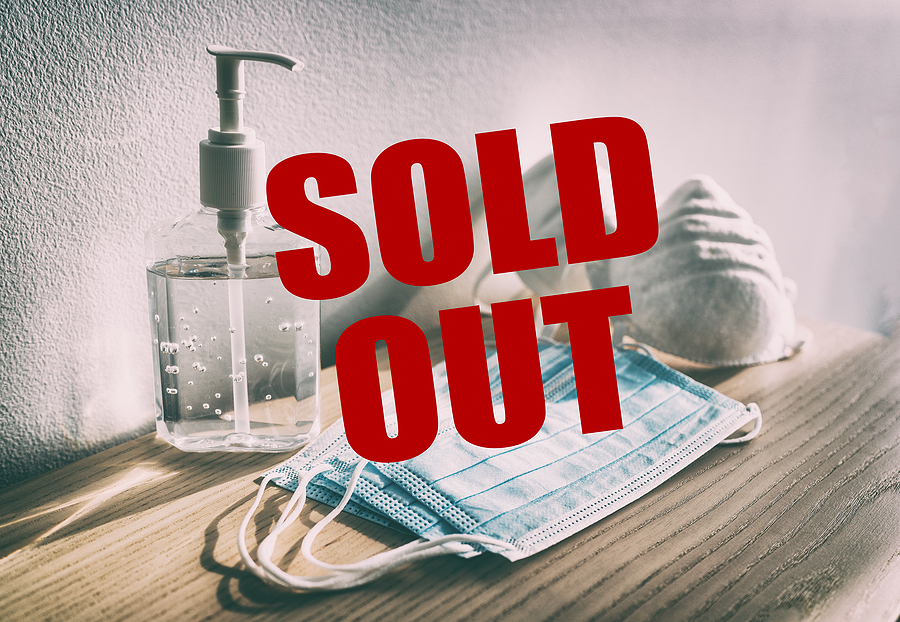We all remember the Great Toilet Paper Shortage of 2020. Stockpiling on the part of consumers during the early days of the pandemic resulted in empty shelves, not just in the toilet paper aisle, but in the cleaning supplies and pantry essentials aisles as well.
And, according to recent data from Instacart and The Harris Poll, consumers plan to continue topping up their stockpiles to ensure they never run out of these essentials again. More than half (51%) of respondents said they plan to keep good supplies of hand sanitizer, hand soap, or disinfectant wipes on hand, while 39% will stock extra batteries, toilet paper, and paper towels. Pantry prep is also a high priority as canned, dried, and frozen foods continue to be in high demand.
Of course, there were multiple factors that contributed to the stockouts. Consumers were buying more, but also manufacturers had a hard time keeping up. In some cases, this was due to raw materials shortages, but even factories working around the clock — like they did at Georgia Pacific and Kraft Heinz — couldn’t produce enough product.
Despite humankind’s best efforts, no one has yet figured out how to get more time in a day, and at many manufacturing plants, adding a shift simply isn’t an option. What companies can do is get more out of their current operations.
How? By getting rid of productivity killers on their production lines.
Of all of the productivity killers in manufacturing, waiting (i.e., time spent waiting because work is stopped for some reason) is arguably the worst. Every minute your products spend waiting to be processed is not just a minute of lost time (which is expensive in its own right). Wait time translates directly into lower throughput.
Imagine you have eight processing machines on your line and anytime one of them goes down, you have to stop the whole line. Let’s say that each machine goes down for an average of 1.5 minutes every hour. You may be thinking, “That doesn’t sound so bad,” but let’s finish the math.
If every machine goes down once per hour for 1.5 minutes, then your line is down for an average of 12 minutes out of every 60. That’s 20% of your production time lost to waiting. So, even working around the clock, you’re still only able to produce 80% of your theoretical maximum throughput in any given day. In letter grades, 80% is a B-. Passing, but not great.
How can you get that B- up to an A?
By keeping your line running even when a particular machine goes down.
You can do this via accumulation. Just like consumers are accumulating hand sanitizer and other household essentials to safeguard against future supply chain disruptions, you can use accumulation on your line to safeguard against individual machines going down. By placing accumulators strategically along your line, you can create buffers so that individual machine failures don’t cause your entire line to fail.
In the real world, there’s no such thing as 100% uptime, but in our experience, throughput increases of 20-30% can easily be achieved with the simple addition of these buffering accumulators.
The data from Instacart and The Harris Poll suggest that the increased demand for household essentials that started during the pandemic is here to stay. If you haven’t yet revamped your operations to meet consumer demand, you’ll have a hard time staying competitive. So, is your production line working as hard as it can?
Contact us today to learn more about how we can help you optimize your production lines and increase your throughput.




